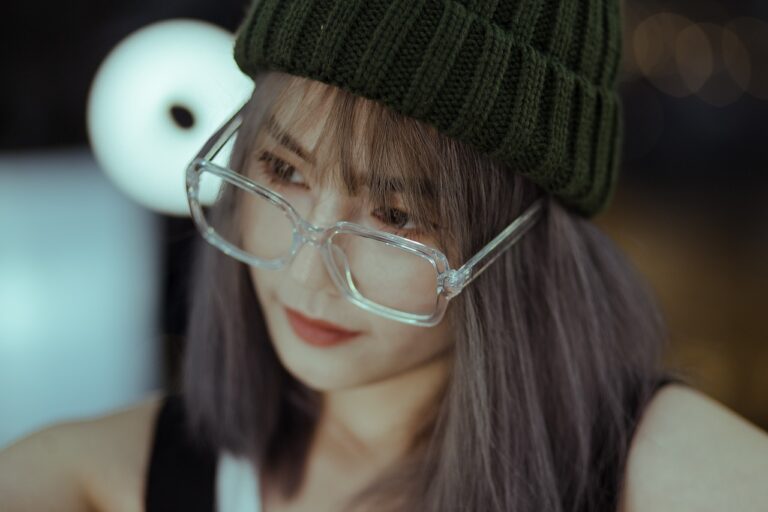Breaking Stereotypes: Diversity and Inclusion in Fashion Advertising
Representation in fashion advertising plays a crucial role in shaping societal norms and perceptions. The images and messages portrayed in advertisements hold significant power in influencing how individuals view themselves and others. Lack of diversity in these campaigns can perpetuate harmful stereotypes and exclude marginalized groups from the narrative of beauty and style.
By showcasing a wide range of ethnicities, body types, ages, and abilities in fashion advertisements, brands have the opportunity to embrace inclusivity and celebrate the beauty of uniqueness. A diverse representation in advertising not only fosters a sense of belonging among consumers but also reflects the rich tapestry of society. It is important for fashion brands to recognize their responsibility in promoting diversity and inclusivity to create a more accepting and empowering environment for all individuals.
Challenging Traditional Beauty Standards
Fashion advertising has long been criticized for perpetuating narrow and unrealistic beauty standards. The industry has often favored a homogeneous portrayal of beauty that excludes diverse body types, skin tones, and identities. However, there is a growing push for greater inclusivity and representation in fashion campaigns to challenge these traditional norms.
In recent years, we have seen an increasing number of brands featuring models of various sizes, ethnicities, and genders in their advertisements. This shift towards more diverse representations not only promotes inclusivity but also celebrates authenticity and individuality. By embracing a wider range of beauty standards, fashion brands are empowering consumers to feel seen, accepted, and beautiful in their own unique ways.





